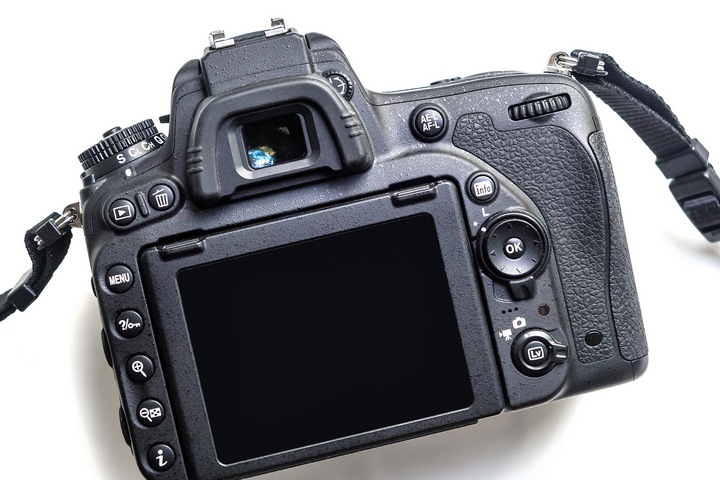10 Different Types Of Film Cameras and Their Uses
We embrace the latest technologies in this digital age. That means updating the tried and true equipment that once ruled the photographic landscape. It’s hard to find a logical reason why anyone would choose a film camera over a digital one. However, there are legions of fans that want to continue to use them, and for a good reason too.
This type of low tech requires the user to plan their shots more because with every click comes a cost. Capturing images on these film cameras is interesting, and many types of these cameras evolved over the last century with unique designs and features. Let’s look at the different types of film cameras.
Type #1: SLR Cameras
Single-lens reflex cameras date back to the mid-1800s, and they use a lens and a pentaprism that allows light to enter it, then reflect and correct it, so you see what the lens sees. They also allow you to trade out different lenses, giving you great control of what you are photographing.
These types of cameras have been an industry standard and are still used by professional photographers today. You can often borrow them in a camera rental and enjoy their functionalities.
Type #2: TLR Cameras
These are cameras using two lenses, and it is a huge benefit for watching your shot as it is taken. You have one lens used to capture the shot while the other one displays the shot on a screen, so there is no black-out effect during exposure. It is helpful when using different shutter speeds, but unfortunately, you can’t change the lenses.
Type #3: Rangefinder Cameras
The rangefinder camera uses a mechanism that brings two images into focus with a dial to get a sharp image and distance away. They do not have a mirror or prism inside, but rather they have small lenses, and when two images overlay into one, you get perfect focus. They were smaller and lighter than the SLR cameras. These types of film cameras were very popular until the mid-50s.
Type #4: Point-and-Shoot Cameras
These types of cameras are dummy-proof. There is not much to do with a point-and-shoot camera other than point-and-shoot. These cameras cannot be reloaded and are the typical disposable cameras that you know and love.
There are no lenses, and the focus and exposure are done automatically for you. They are easy to use and relatively cheap and are great for kids and fast photos while on vacation.
Type #5: Instant Cameras
Instant cameras are the ones that chemically develop your photo right after you take it. However, many other manufacturers used a special type of film to do this and were made popular by the Polaroid Corporation.
It was a way to check your image without getting the film developed, and they are fun to use. These “printed” shots are one-of-a-kind and can’t be reproduced, but they give you an instantaneous picture of the shot as soon as you capture it.
Type #6: Press Cameras
These are the familiar-looking cameras used by press photographers in the 1960s, and they are larger than the average camera. The press camera typically had a flash unit on top, and some were collapsable for protection.
Some models had the ability to change the shutter speed, and they had interchangeable lenses too. Press cameras came in large and medium format, which dictated their size and the number of scenes they could capture.
Type #7: Folding Cameras
If you want a sleek film camera, a folding style will work for you. These cameras were made to fold with a lens that retracted into the frame. Press cameras also utilized this feature. You could alter the image and get different effects by adjusting the bellows in your photos.
Type #8: Panoramic Cameras
Panoramic cameras have a long history, dating back to the 1800s. There were able to capture a much larger picture by utilizing the entire frame, getting more length from the negative. They came in two versions: a curved lens to get a larger landscape and a rotating lens for larger images.
Type #9: Stereo Cameras
A stereo camera is like a TLR but with the lenses oriented side by side instead of one above the other. It gave you a type of binocular vision and a 3-dimensional image. These multiple lenses and image sensors would give you 3-D effects and be very popular in the 1950s.
Type #10: Box Cameras
This was a very simple camera setup that Kodak brought out in the 19th century. It was a cardboard or plastic box with a lens on one side and the film on the other. A simple aperture captured light and burned it into the negative. The real drawback was that you had to send the whole unit back to Kodak for development.
Cameras have come a long way, from the cumbersome film cameras to the digital versions we all have inside our smartphones. While we will never turn back the clock, we can enjoy the quality and mechanical technology of the amazing film camera.

